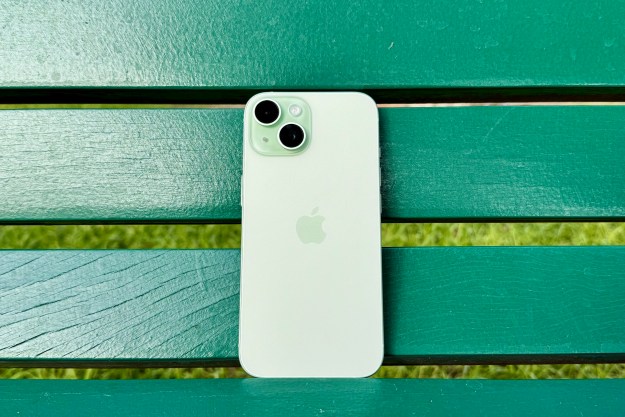
The good news here is that the iOS device that’s held hostage can be released from its captors simply by entering the passcode or using Touch ID. The bad news here is that the hacker has control over the user’s Apple ID account, meaning they have access to the victim’s email addresses, physical address, payment information, and so on. Hackers can even change the password, change the security questions, and enable two-step verification if it’s turned off.
Additionally, hackers can log into iCloud and cause all kinds of havoc, such as accessing the victim’s contacts, email, stored photos, and getting access to iCloud Drive. Thus, the whole ransomware scheme is somewhat small when compared to the damage hackers can do when they have access to Apple ID credentials.
Chances are, hackers are acquiring Apple ID information because customers are using the same password across multiple services and websites. When one gets infiltrated, hackers will use that information to possibly gain access to the other sites and services used by the victim. This is why two-step verification is important, along with using numerous passwords.
By using Apple’s two-step verification system, customers can have their iPhone or iPad serve as a secondary login device. For example, when users try to access their Apple ID account online, they are required to provide the email address and password as usual. However, Apple will supply a registered device with an SMS message containing a verification code that also must be entered. This should keep hackers out of the customer’s sensitive Apple ID and iCloud accounts.
Ransomware is typically associated with Windows and Android-based devices, not Apple’s iPhone or iPad. The very first “fully functional” ransomware on a Mac was reported back in March by Palo Alto Networks. The Transmission BitTorrent client installer was found to be infected with “KeRanger” ransomware signed with a valid Mac app development certificate. Prior to that, FileCoder was discovered by Kaspersky Lab back in 2014, but it was deemed as incomplete.
Essentially, KeRanger encrypted specific files and demanded that the victim cough up around $400 through a provided email address in order to regain access to those files. After the report, Apple revoked that particular development certificate and updated the XProtect antivirus signature. Palo Alto Networks provided a list of steps for removing the ransomware, including using Terminal or Finder to delete the infected Transmission files.
What’s really cool about Apple’s Find My iPhone feature is that customers can log onto a desktop and laptop to hunt down their misplaced iOS-based mobile device. Customers can force the device to make a sound, they remotely erase the device, or turn on Lost Mode, locking it down. However, as we’ve seen with this latest ransomware trick, hackers find this an ideal way to generate some cash.
Editors' Recommendations
- This is the iPhone concept of my dreams
- I found an amazing new way to use my iPhone 15 Pro Max
- Are you having iPhone alarm problems? A fix is coming soon
- Nomad’s new iPhone case and Apple Watch band may be its coolest yet
- An Apple insider just revealed how iOS 18’s AI features will work


